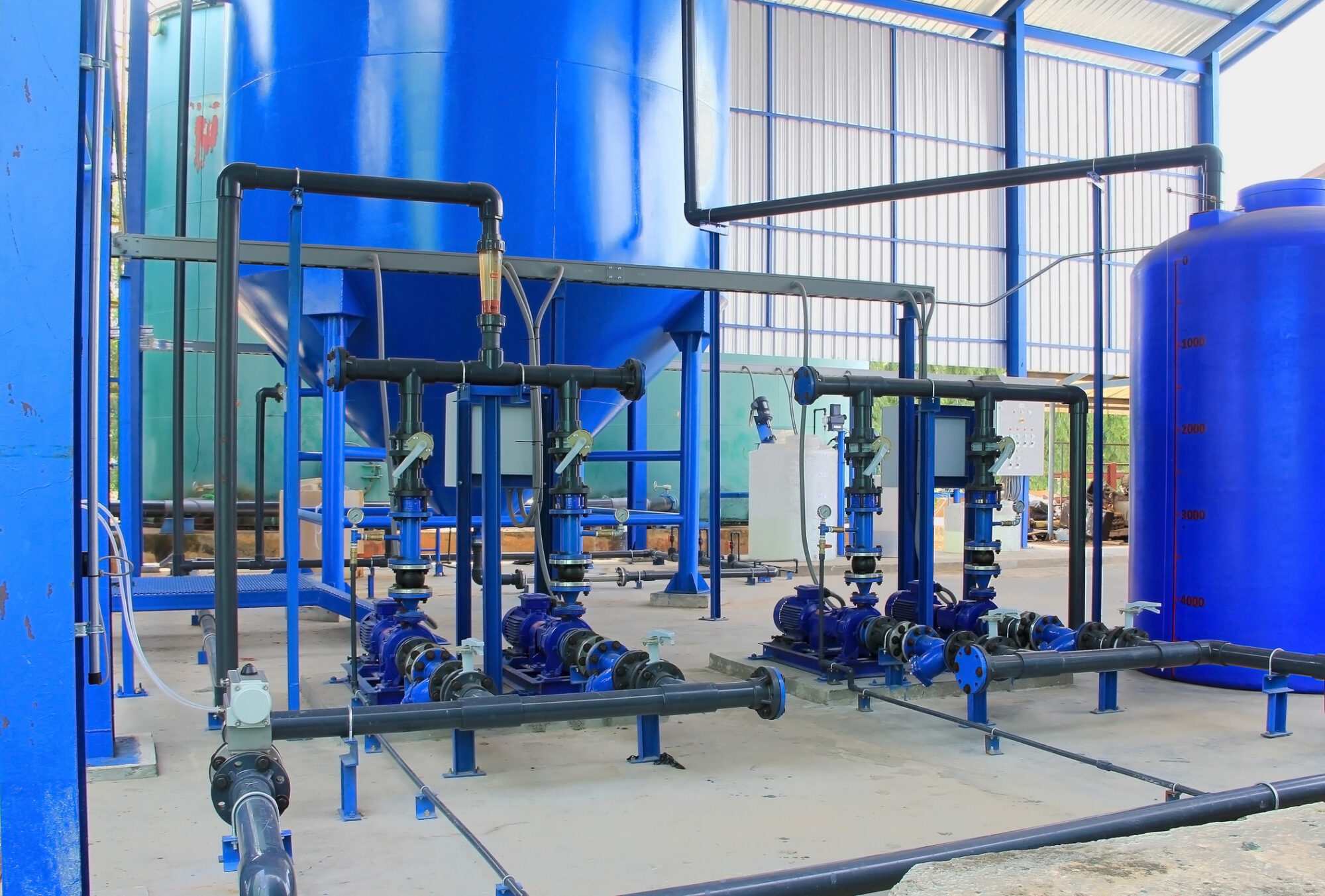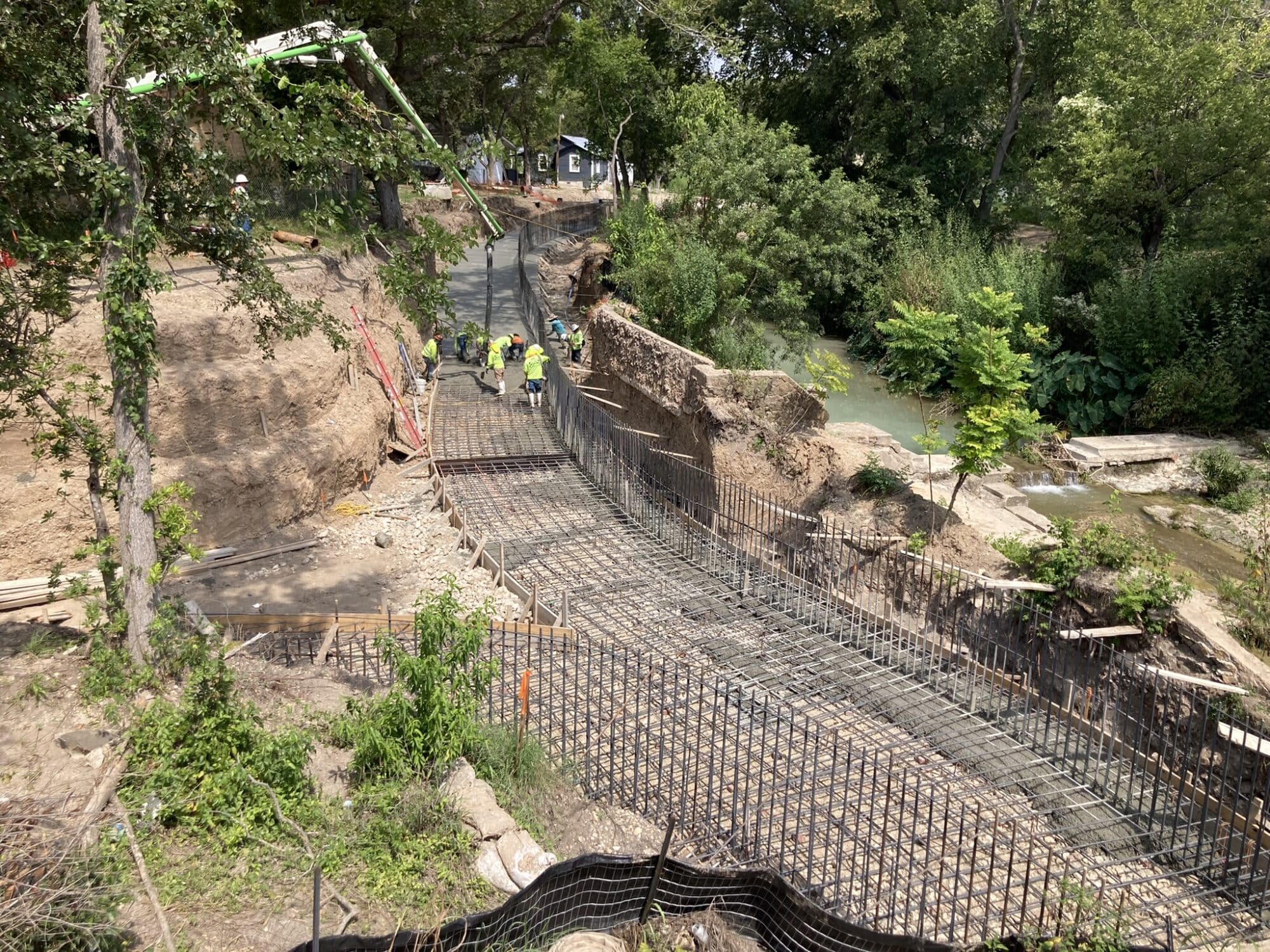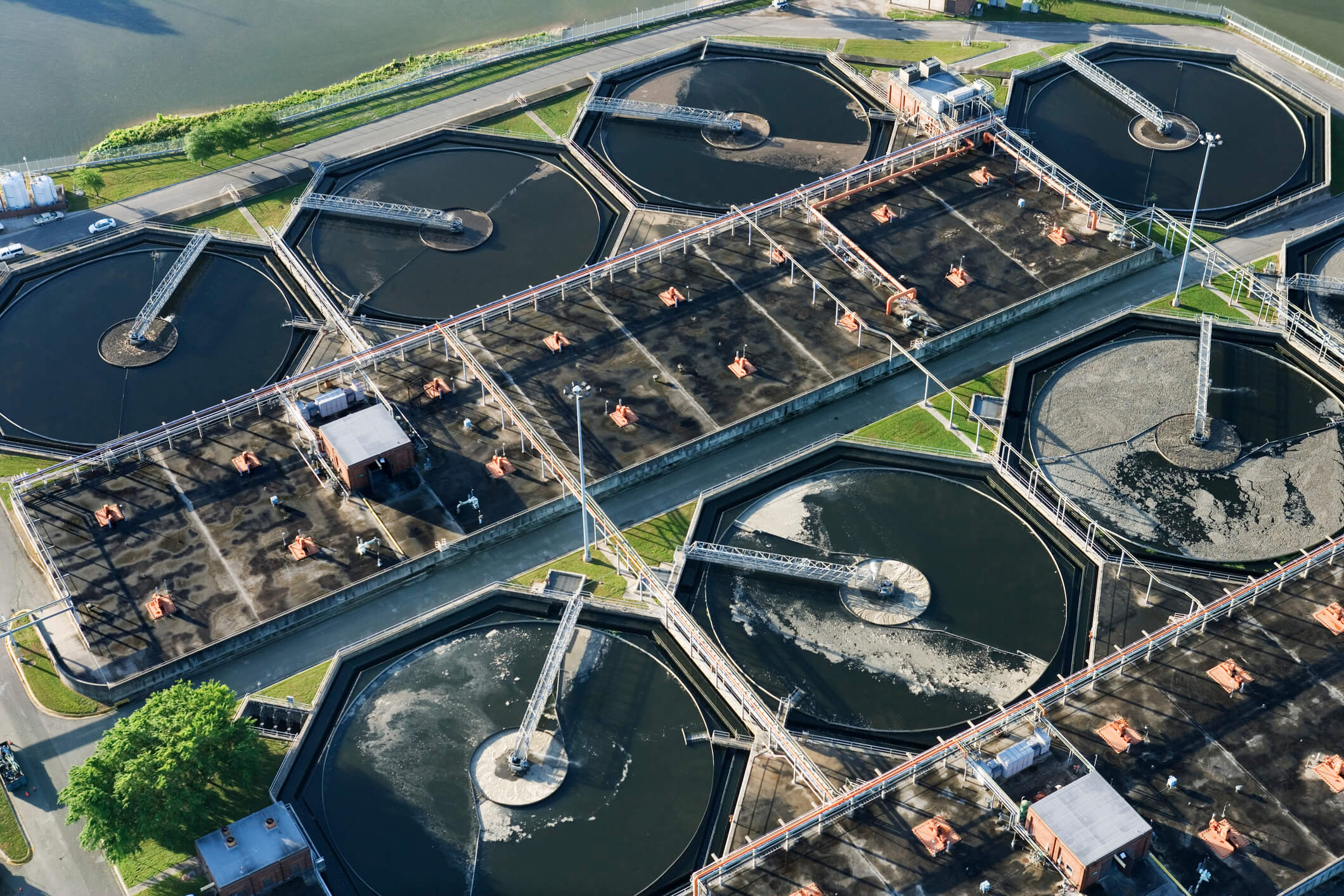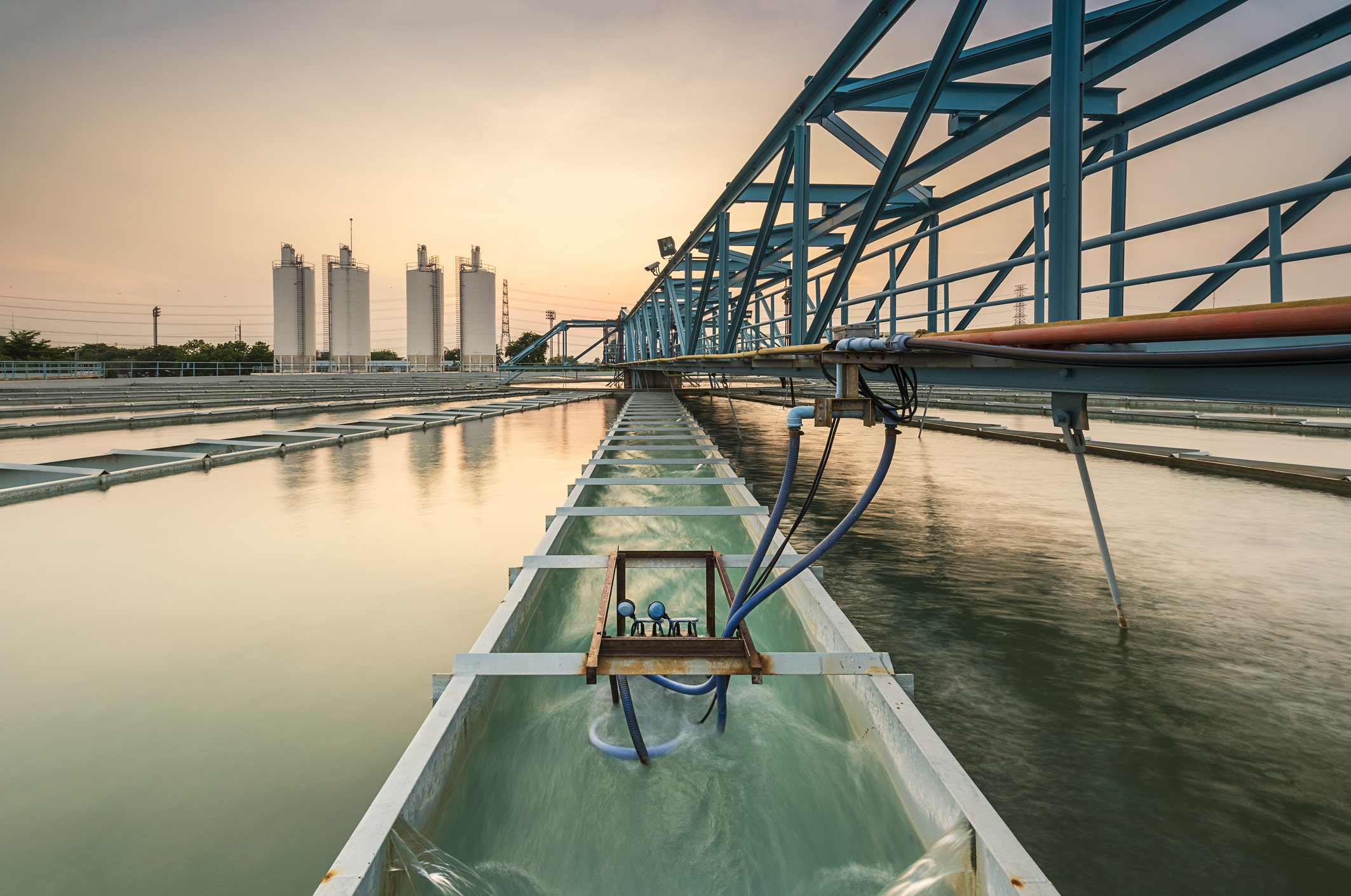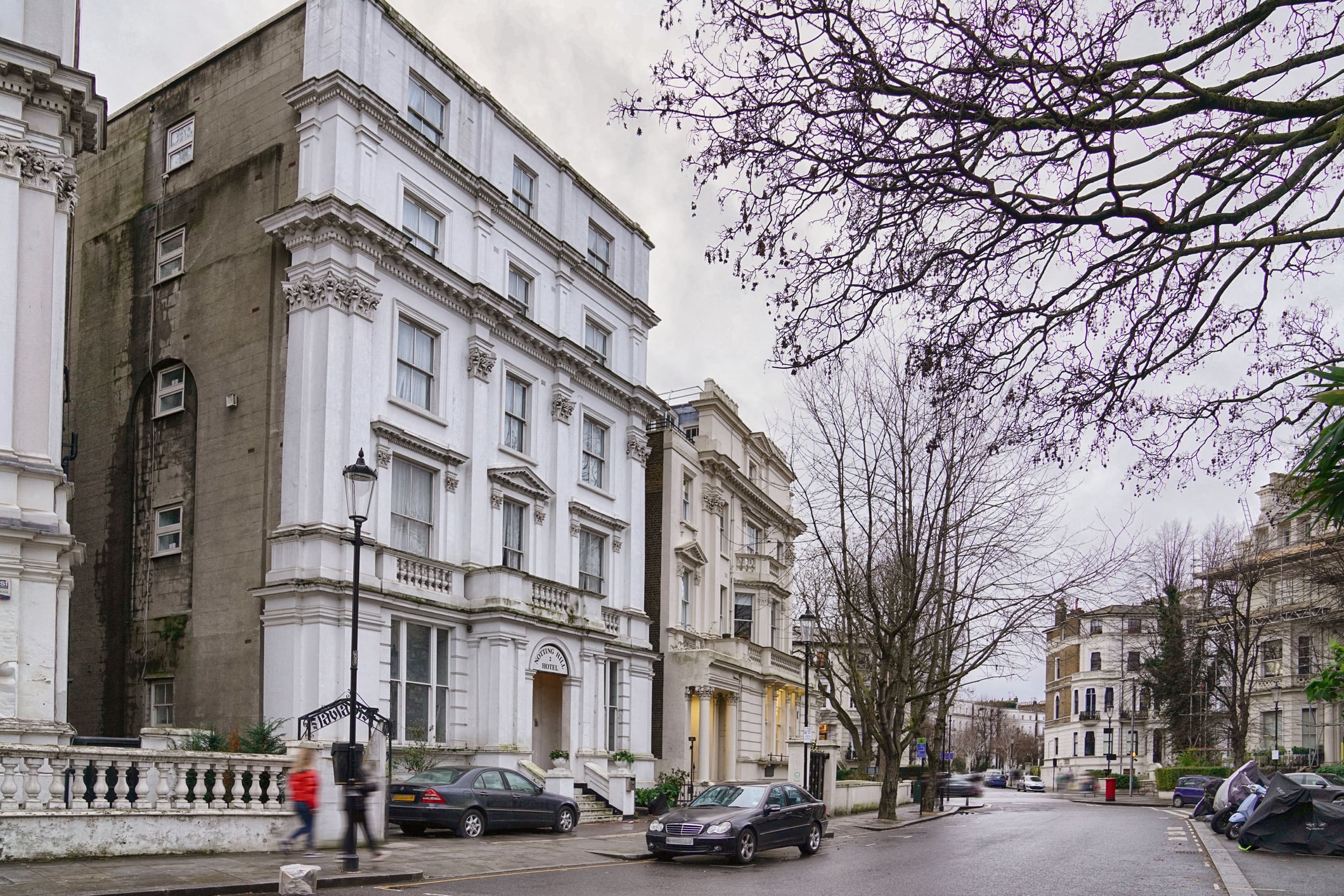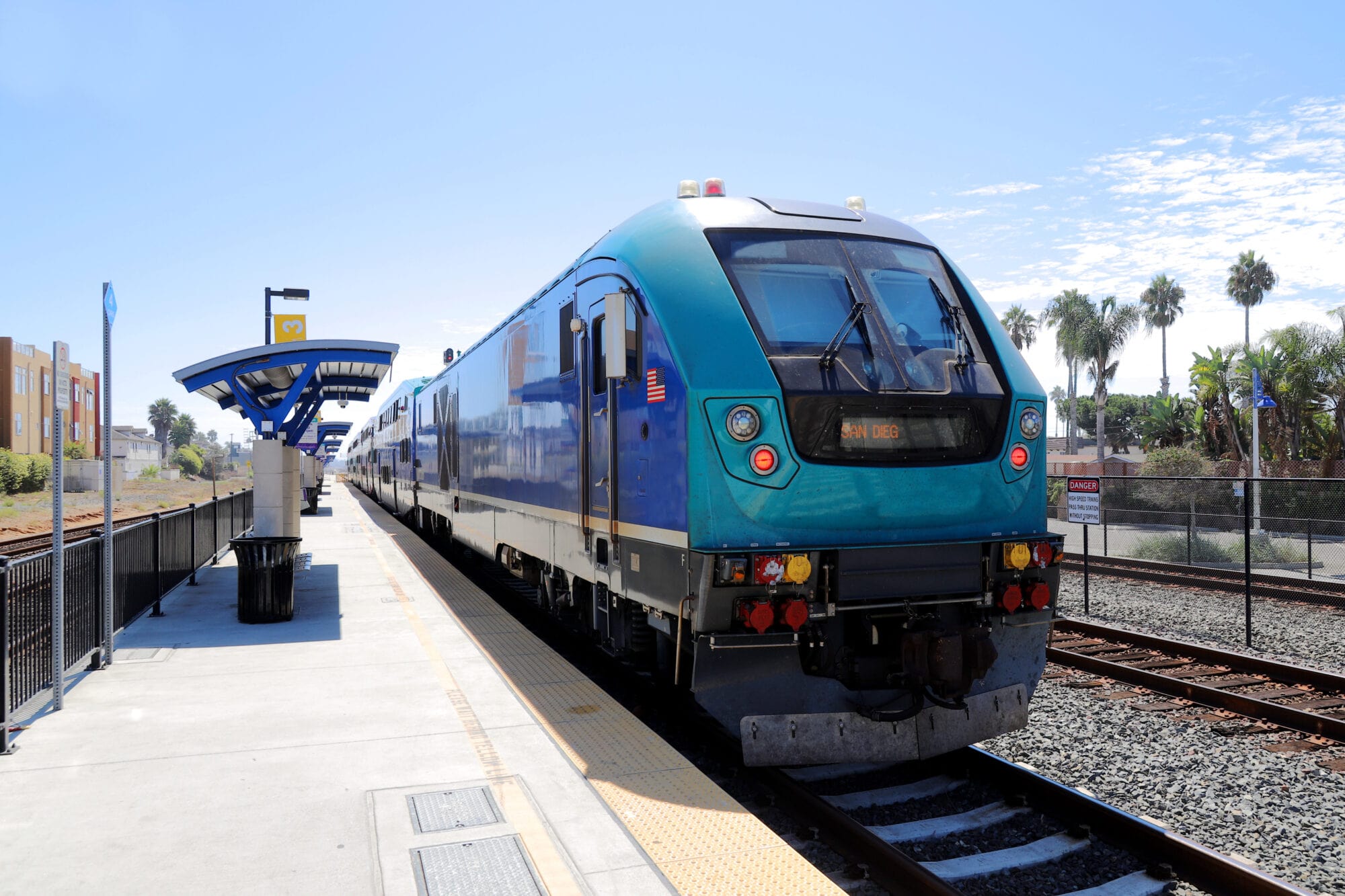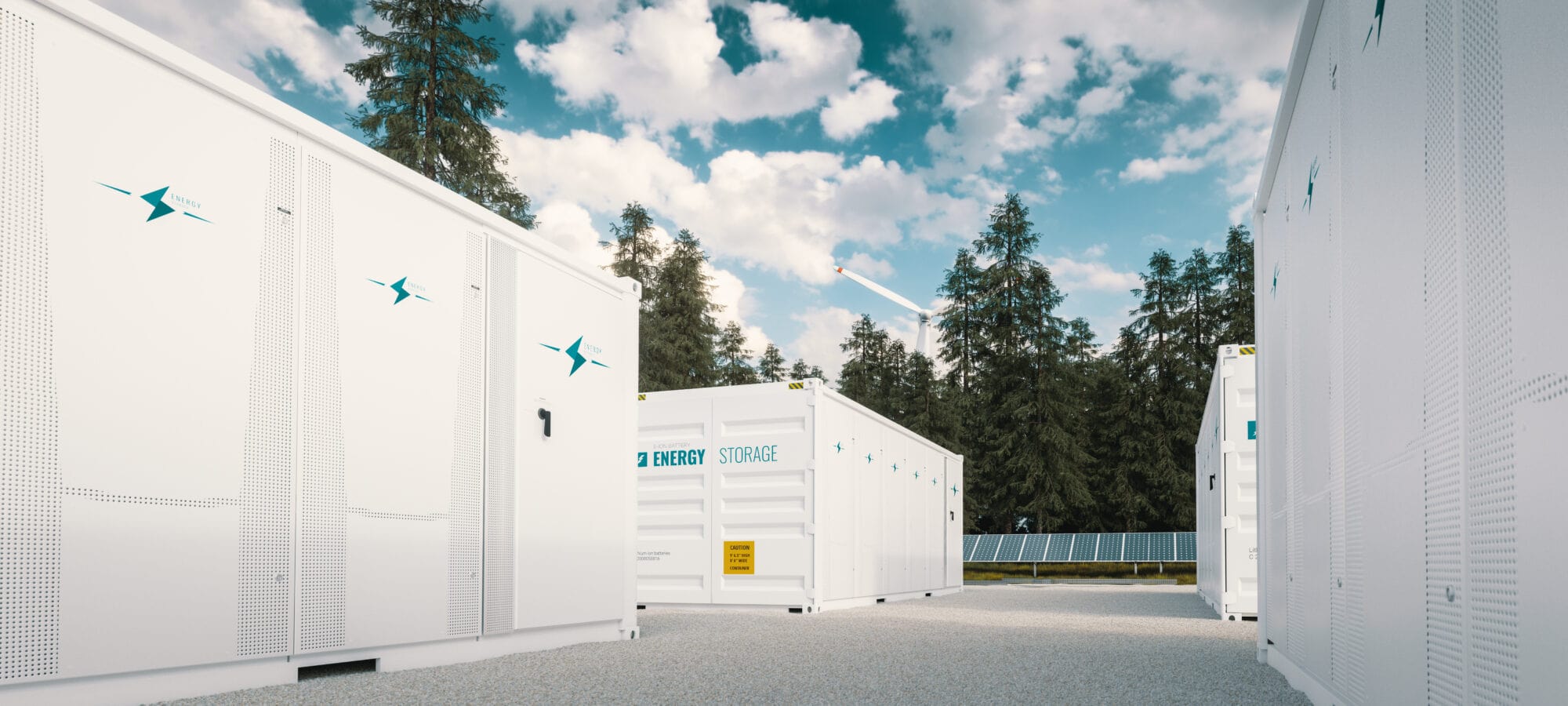United States
Creative And Sustainable Solutions To Groundwater Treatment
Green Remediation Techniques Significantly Save Money and Reduce Greenhouse Gas
Leveraging innovative and sustainable design strategies, TRC recently upgraded an aging groundwater pump and treat system in New York State. The system, which has been operating since 2002, recovers chlorinated volatile organic compounds (CVOCs) from a deep bedrock well and is effective in capturing and containing trichloroethylene (TCE) within the Site boundaries. The upgrade was initiated to replace aging equipment and determine if alternate treatment methods could be used to reduce operating costs, the frequency of site maintenance visits and the environmental footprint of the treatment system.
With our expertise in water and wastewater treatment design, and our commitment to green and sustainable remediation practices, we implemented a new system that will deliver cost savings and environmental benefits for years to come.
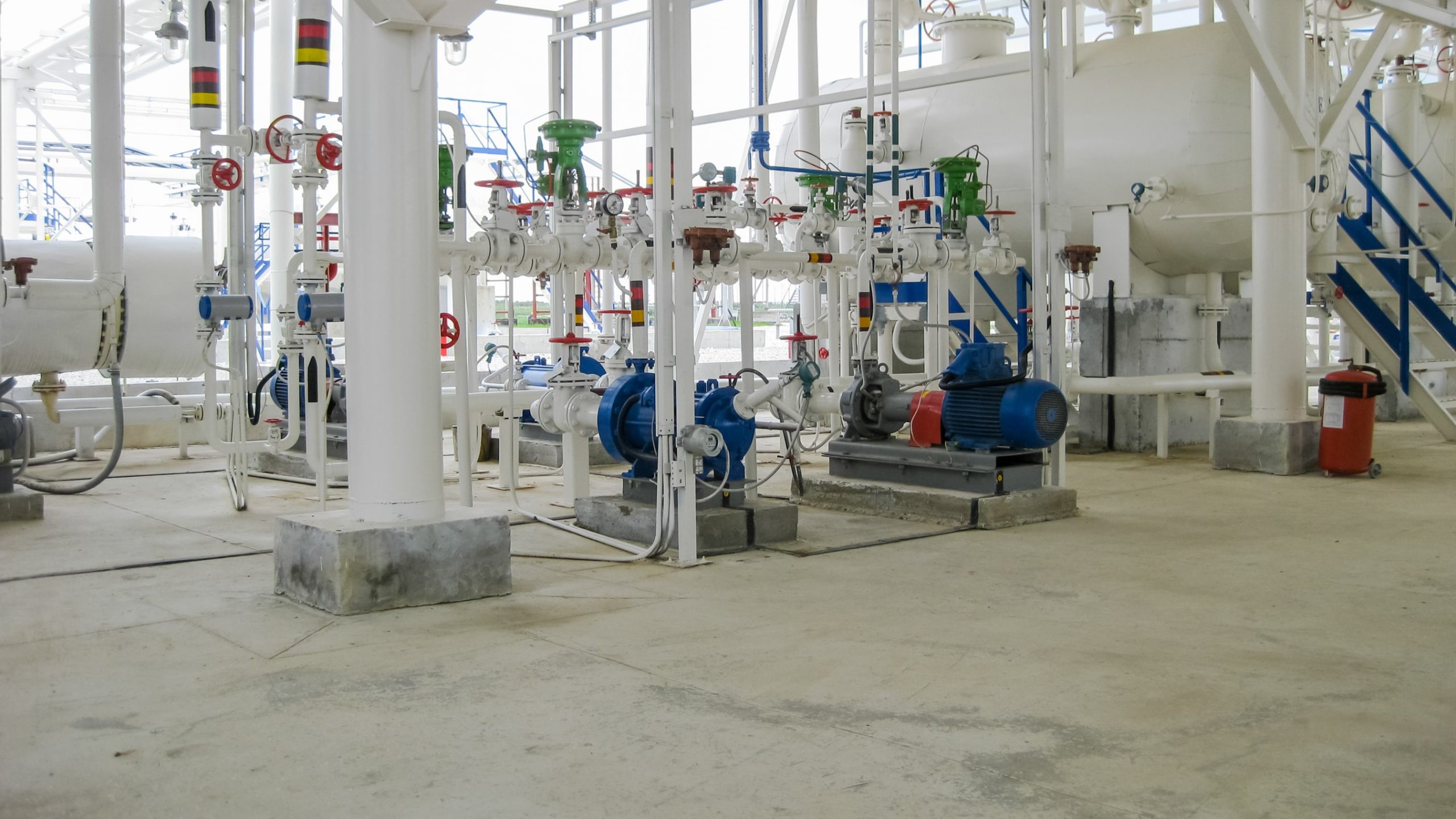
Project Challenge: An Outdated and Inefficient System
The old treatment system included initial filtration using two bag filter housings plumbed in parallel, followed by two air strippers plumbed in series. The air strippers were effective in reducing the initial high TCE concentrations down to discharge standards and the treatment system has removed approximately 1,270 pounds of CVOCs since 2002. However, the mass removal rate diminished over time, with influent concentrations dropping to less than 100 mg/L. With air strippers over 20 years old regular maintenance was required for the system to remain active, often needing two or more site visits per month. The reduced contaminant loading rate and frequent maintenance of the air strippers made the system inefficient, requiring more labor and electricity use than warranted. Additionally, due to the age of the system, no effective telemetry was installed to notify of system alarms or shutdowns, resulting in extended system down times and operators arriving at the site to find the system in need of repair.
Solution: Sustainable Redesign and System Upgrades
To optimize the deteriorating plant, TRC updated the treatment system design to remove the air strippers and replace them with two granular activated carbon (GAC) treatment vessels. The GAC vessels do not have moving parts, which reduces the electricity consumption by removing the two sump pumps and air fans associated with the air strippers. A new equalization tank and transfer pump installed to collect the recovered groundwater and pump it through the bag filters and GAC vessels prior to discharge to a local surface water body. This modification is expected to extend the longevity of the groundwater recovery pump by removing the variable backpressure the pump was exposed to when the pressure drop across the bag filters increases.
Some other notable system upgrades include:
- Installing a new pressure transducer and variable frequency drive in the extraction well to automatically adjust pumping speeds while maintaining a set pumping level.
- Installing a new programable logic controller (PLC) to control system operations and log operating data.
- Equipping the system with modern telemetry to allow for remote inspection, shutdown and alarm notifications.
- Equipping the room with a perimeter drain and sump to recover any spilled water, provide alarm notifications and remotely shutdown the system if the sump fills with water.
- Installation of a valving system to swap the GAC vessel order, allowing for vessels to change from the lead/lag positions.
Projects With Purpose
TRC’s work with clients across the globe supports and enhances our communities and environment in significant ways. Learn more about how we are making the world a better place, one project at a time.

Related Projects
Discover the success we’ve had with helping our clients execute major projects and make a meaningful impact on their local communities.

